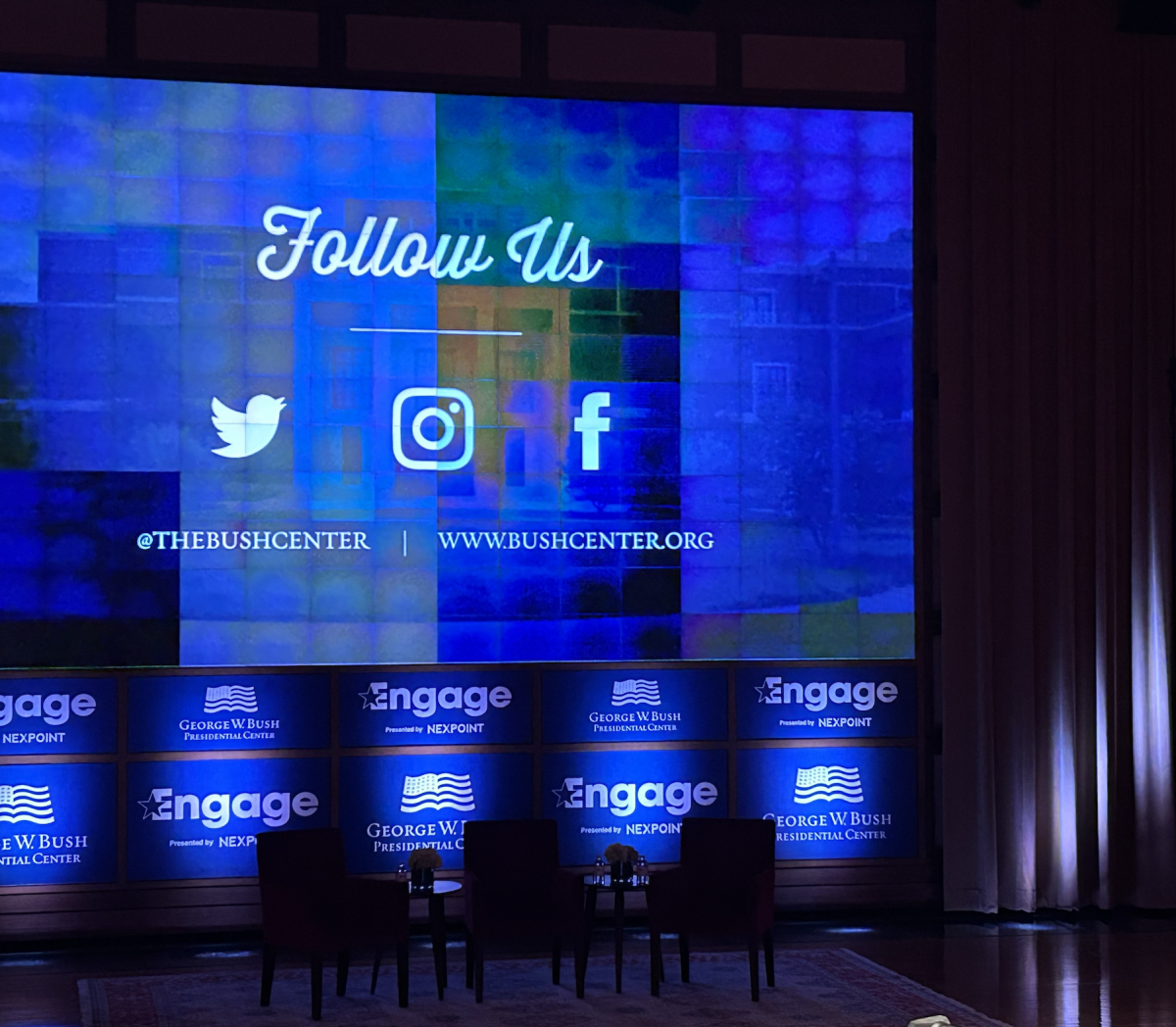Dallasites are not afraid of bold architecture. From the Meyerson Symphony Center and the Fountain Place sky scraper designed in the 1980s by I.M. Pei (the same architect who designed the glass pyramid at the Louvre in Paris), to the more recent Norman Foster-designed Winspear Opera House and the Margaret Hunt Hill Bridge by Santiago Calatrava, Dallas buildings are on the cutting edge of design. It is with great pride that I introduce guests new to Dallas to our one-of-a-kind skyline.
And yet SMU, arguably this city’s premier institution of higher education, has taken the precisely opposite approach to its campus’s architecture and design. Instead of saying “let’s create the future,” SMU’s Georgian revival architecture says “let’s pretend we still live in the past.” The Turner Quadrangle behind the Blanton Building could as easily have been built in 1911 as in 2011. The same could be said of the recently opened Caruth engineering building’s façade. A prospective student could be forgiven for coming to the false conclusion that these new structures are dinosaurs of SMU’s past, rather than multi-million dollar projects meant to propel SMU as a leader into the 21st century.
I am not calling for the destruction of Dallas Hall or anything of the sort. Instead I am asking why the new SMU buildings are not reflective of the time in which we live? I do not see SMU students walking around in petticoats or top hats worn by people in the 1800s. I do not understand why our brand new campus constructions look as though they were lifted out of a PBS Masterpiece Classic remake of some 19th century novel. The effect is one where these buildings seem to lack authenticity.
It seems that the campus architecture is a matter of university policy rather than resources. Many of SMU’s benefactors are the same people who have supported Dallas’s most iconic buildings. The new constructions cost millions of dollars, and this money could as easily be spent on a more original design that will put people in a state of awe as on a Georgian revival design plan.
Melding the old with the new is not nearly as problematic as people fear it to be. In fact, it is one of the things I appreciated the most during my year abroad in London. There is a certain joy of surprise in seeing how centuries’ old bridges hold their own next to the most modern feats of engineering design. There is a certain excitement in stumbling across an old ruin hidden amidst towering glass monstrosities. But you can rest assured, no one in London tries to build brand new structures that look as if they were built a couple hundred years ago.
Maybe you like the Georgian style and find it pleasing. Perhaps you commend SMU’s attempt at visual conformity. But this is not really about personal taste. I doubt that the Perots would want their private home to have the same spaceship-like textured gray façade as the new Perot Museum of Nature and Science off of the Woodall Rodgers Freeway. Instead this is about how a building’s design sets the tone, how great design can inspire and create a sense of wonder. We should be aware of what our architecture communicates about our school. Do we want it to say we are chained to the past, worshippers of uniformity, reproducers rather than inventors? Or do want our buildings to say that we are innovative, forward looking, and intent on blazing our own path for others to follow?
Sanaz Talaifar is a senior majoring in International Studies and French












